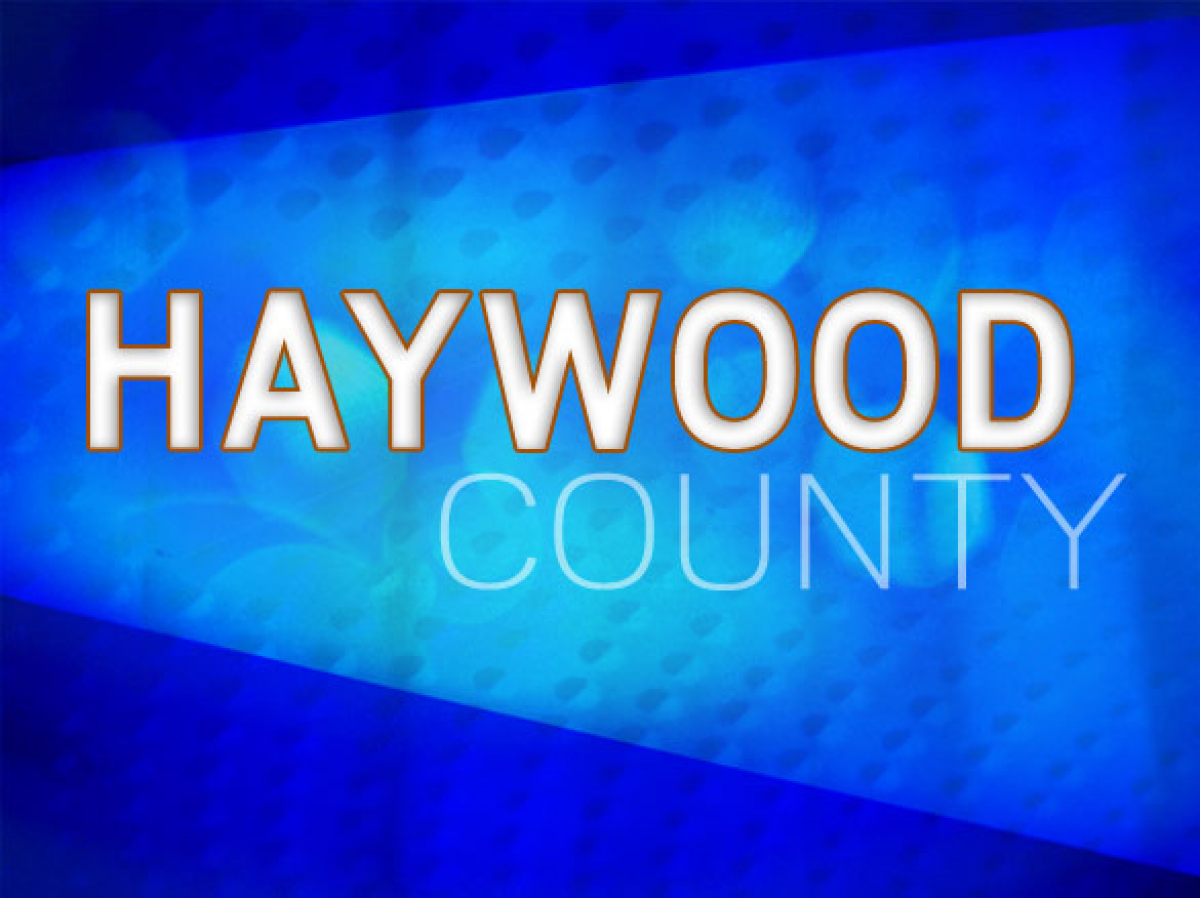Haywood commissioners evaluate fiscal health, budget requests

Debt is rolling off the books and sales tax revenue is still through the roof, but because Haywood County will likely go to the bond market later this year to pay for its jail expansion, the fiscal year 2022-23 Haywood County budget will be an especially critical one.
“We have a strong existing debt profile,” said County Manager Bryant Morehead during a Feb. 21 budget workshop held to apprise commissioners of the county’s overall fiscal health, which Morehead said was very good.
Annual debt payments for fiscal year 2022 total about $5.7 million against general fund revenues of around $100 million, but drop to just over $4 million by 2026. In 2027, a sharp drop brings them down to $1.2 million, where they’ll stay through 2036, ultimately tapering to about $140,000 by 2058.
Much of that debt is education-related. Removing that from the equation, Haywood County’s annual debt payments total about $1.9 million for 2023 and largely parallel the precipitous drop in total debt over the ensuing decade, to $832,000 from 2027 through 2043.
But that’s only if the county doesn’t incur any more debt in the next three decades, which it likely will.
A proposed jail expansion projected to cost $16 million back in early 2021 would greatly impact the county’s debt load, and Commissioner Tommy Long warned that due to inflation and supply chain issues, the project may see a much, much higher price tag similar to the $20 million Waynesville sewer plant project now likely to be closer to $27 million.
Related Items
Even if the jail comes in at the original $16 million estimate, the county’s non-education annual debt payments would jump from $1.9 million in 2023 to $3.2 million, and would remain above $1 million through 2043.
Fortunately, nearly every other aspect of the county’s finances is on solid ground.
Fund balance has grown steadily over the past 15 years, from a low of 11.58% of yearly expenditures in 2006 to 40.13% today. The unassigned portion of that fund balance — which can be used for about anything — is near an all-time high at 25.11%.
Property tax revenues continue to increase, and the bizarre phenomenon creating skyrocketing sales tax revenues across the entire region — first observed in the early stages of the Coronavirus Pandemic — continues.
“Sales tax continues to amaze everyone,” Morehead said. “I have 19 years in North Carolina and I have never seen anything like it.”
Sales tax revenues experienced an uptick around April of 2020. Over the rest of that year and throughout 2021, revenues were up year-over-year in every single month. Through the first five months of the 2021-22 fiscal year (not even counting the holiday season) they’ve reached an all-time high, topping $1.92 million in November.
The county’s bond rating, last adjusted in 2018 by Moody’s Investors Service, currently stands at Aa3. Generally, the stronger the financial position of an entity, the higher the rating and the lower the interest rate.
There are, however, three more steps the county could take in a positive direction with respect to its bond rating – Aa2, Aa1 and Aaa.
Morehead said the Local Government Commission, charged with monitoring the financial health of local government units, will likely want a reevaluation of the county’s finances, and it’s hoped that the county can again notch another increase, which would save money long-term.
Commissioners will likely opt for limited obligation bonds, which wouldn’t require voter approval.
The jail, however, isn’t the only thing that commissioners will be concerned about on the spending side of the equation, and over the next few weeks commissioners will have some tough choices to make.
The consumer price index rose 7.8% from January 2021 through January 2022. That hits county employees right in the pocketbook. For each 1% COLA or merit increase, the county would need to spend an additional $360,000. To bring employee pay up to the level of meeting inflation would cost $2.8 million.
Health insurance costs have been rising even faster than inflation. The county spent more than $11.7 million in FY 22, and projects a 5.7% increase next year.
Every department has made requests for additional positions, led by Health and Human Services with 6, and the sheriff’s office and EMS with 4. Granting all 28 position requests would cost $1.77 million.
A seven-figure IT infrastructure upgrade is also badly needed, according to Morehead, as are four new ambulances at $325,000 each.
Library renovation or expansion has been discussed for years, but the project is rapidly ballooning into a major expense if commissioners pursue it. Replacing antiquated HVAC systems would require removing the roof, likely at a cost of around $2 million.
If that’s the case, it would make sense to do a full renovation at that time, but that’s projected to total upwards of $6 million.
Federal recovery funds of $12 million are available to the county, and a slide in Morehead’s presentation suggests using $10 million for any or all of the various projects he mentioned and the remaining $2 million to expand public safety and public health facilities.
Commission Chairman Kevin Ensley said he’d prefer prioritizing matching funds for broadband access grants.
Morehead said he hadn’t yet formally sat down with representatives from Haywood County Schools or Haywood Community College to evaluate their requests, but that will likely happen soon as the budget process progresses.
Tentative dates for the process include work sessions on April 18 and May 2, presentation of the manager’s recommended budget on May 16, a public hearing on May 31 and a vote for adoption on June 6.
By law, budgets must be passed no later than June 30, so if more work is needed, the county has room to adjust over the coming weeks.













